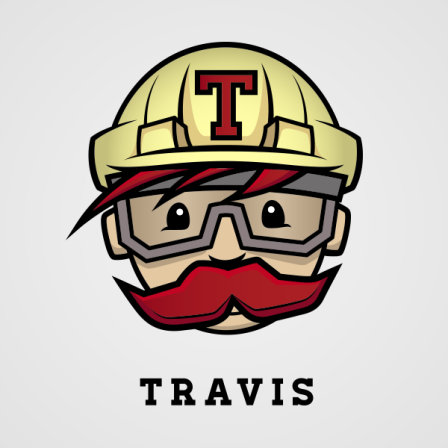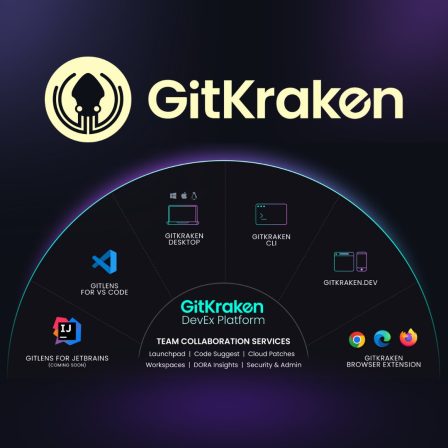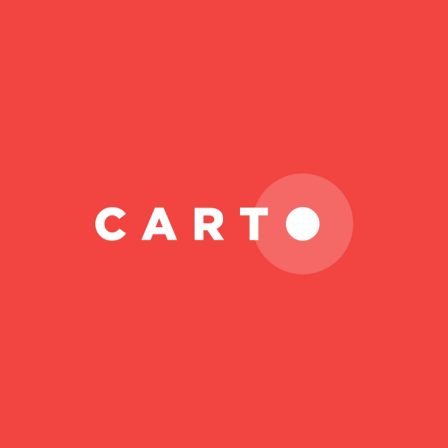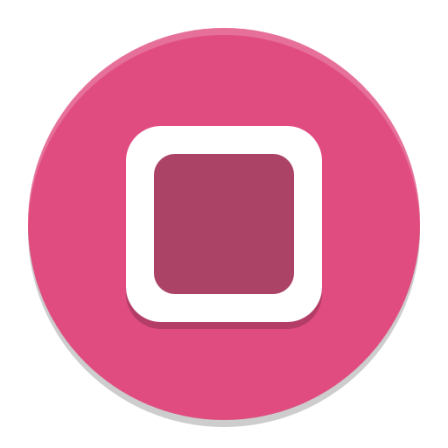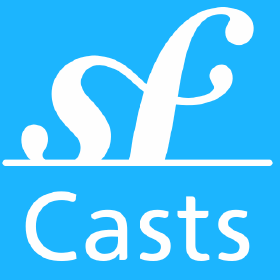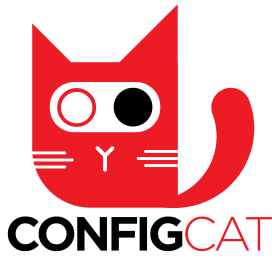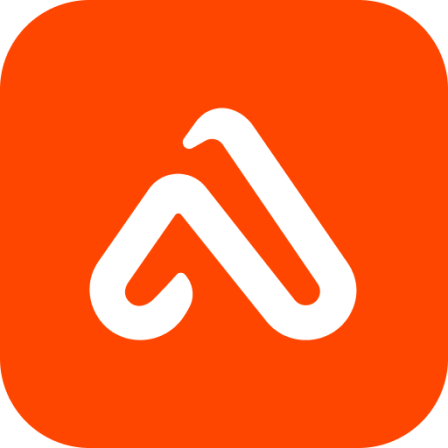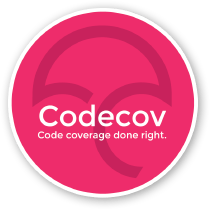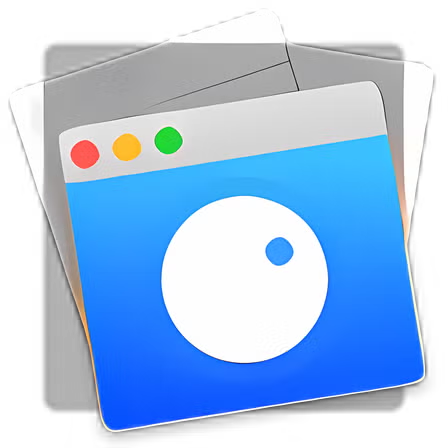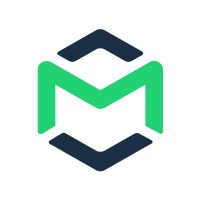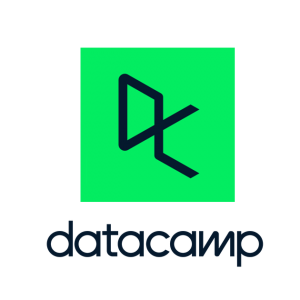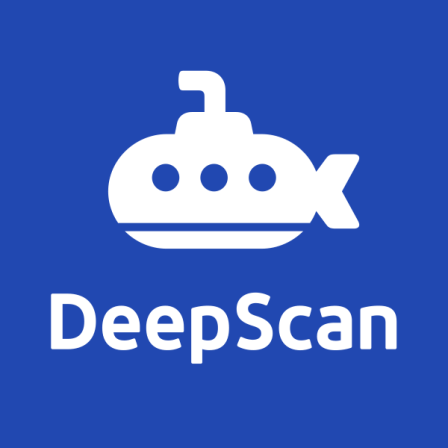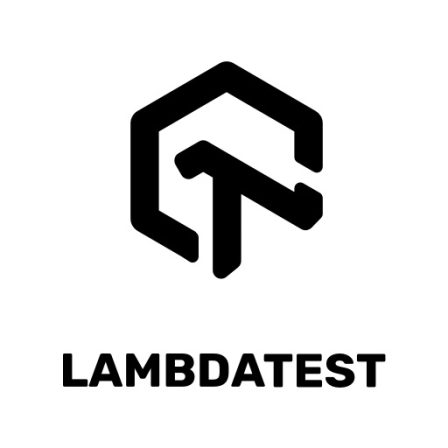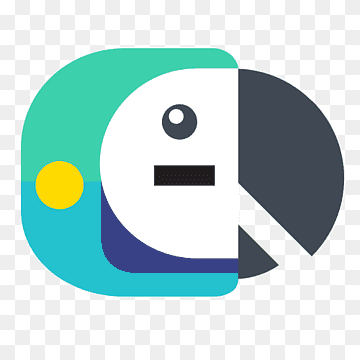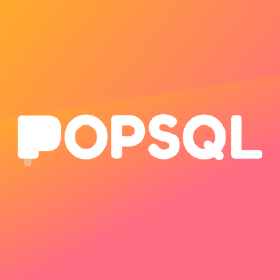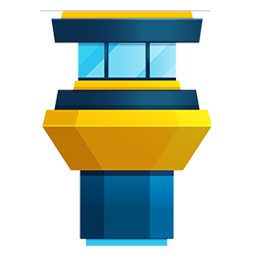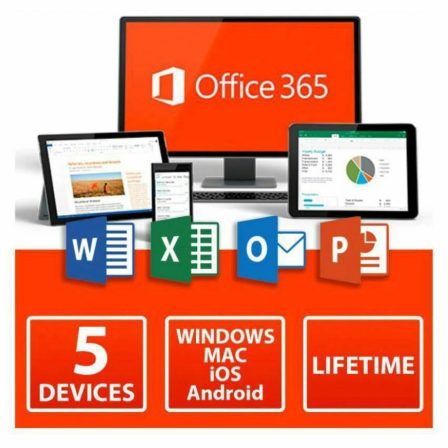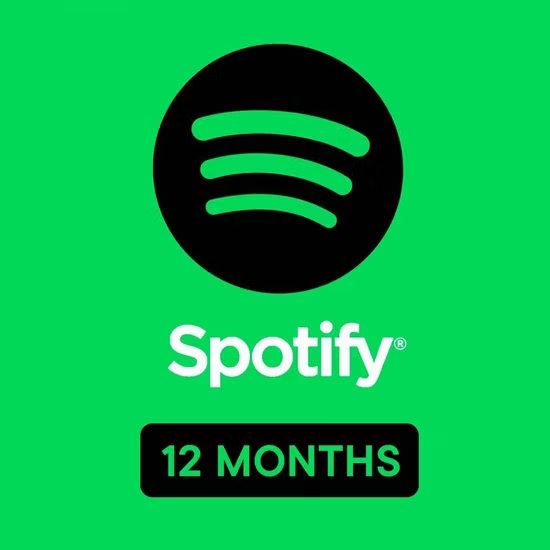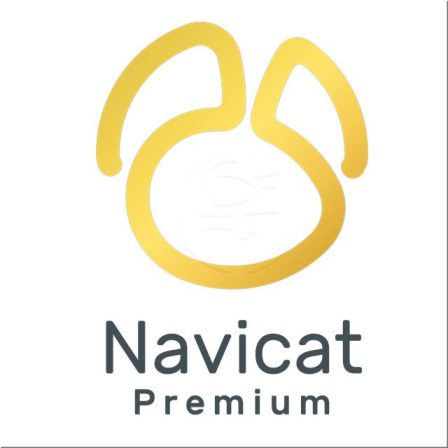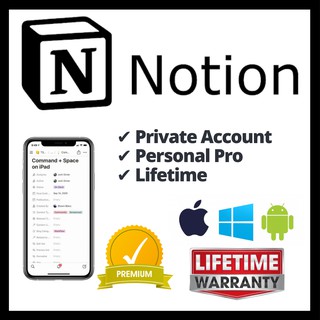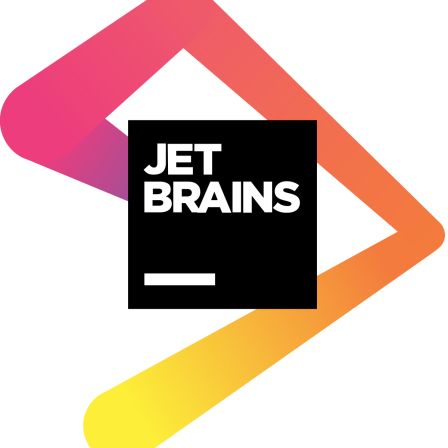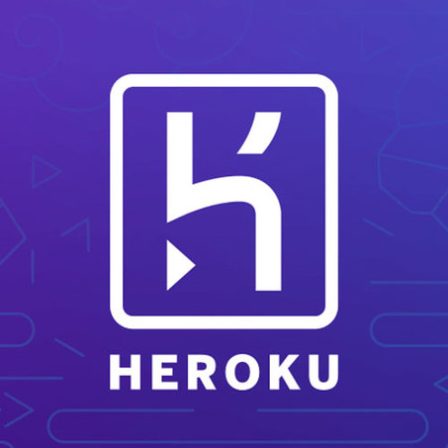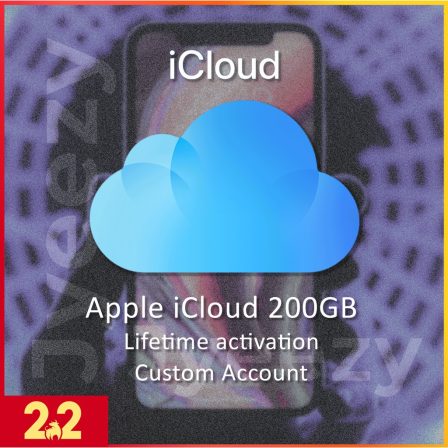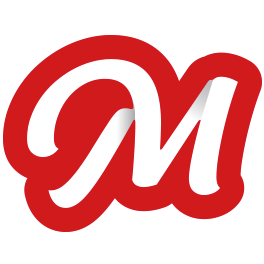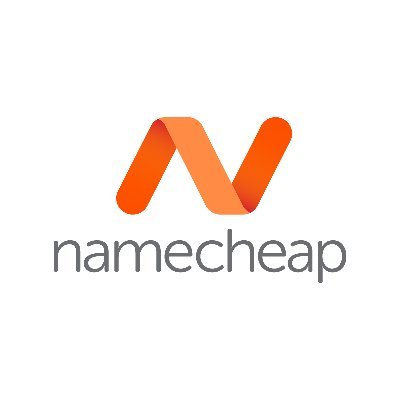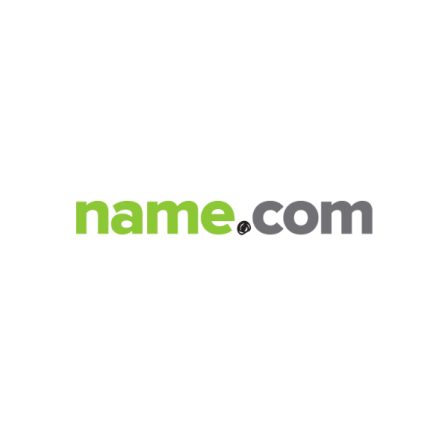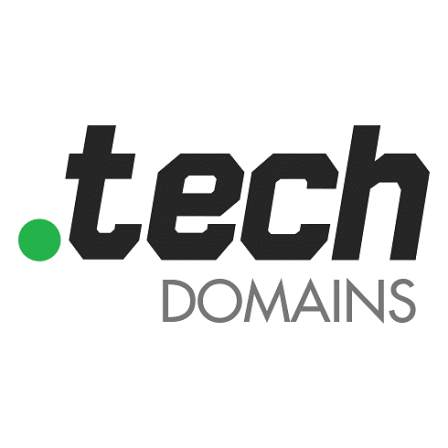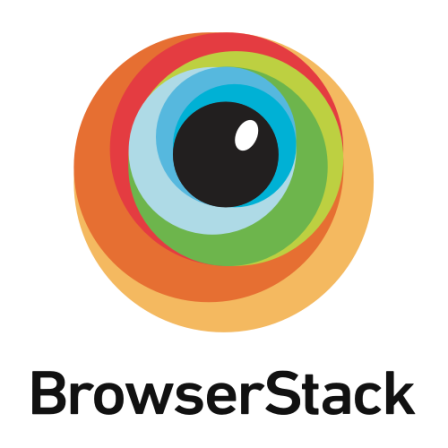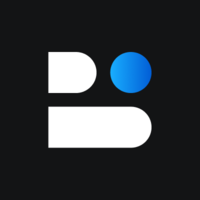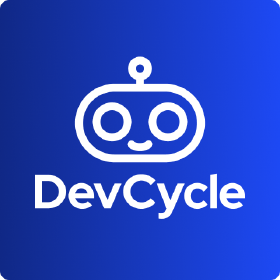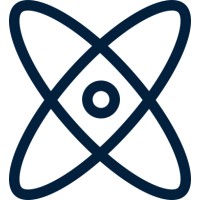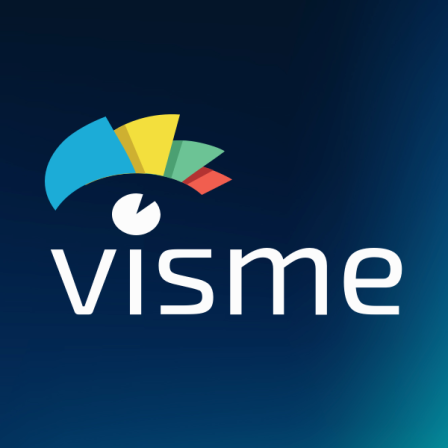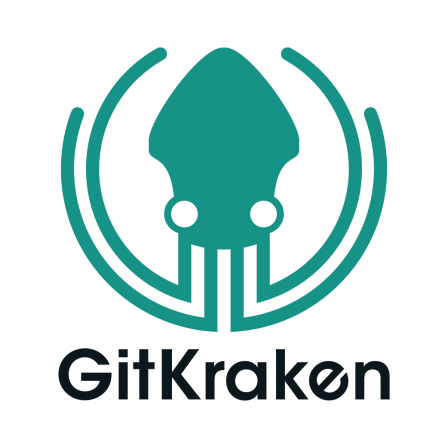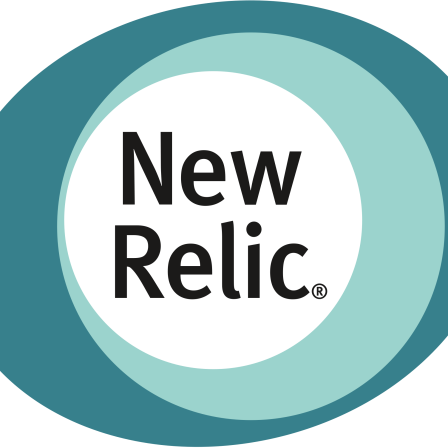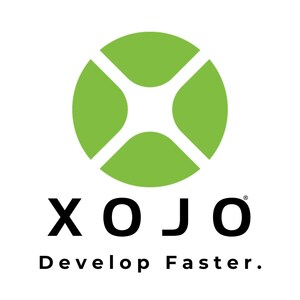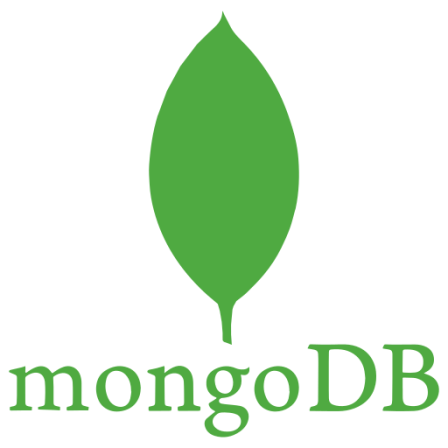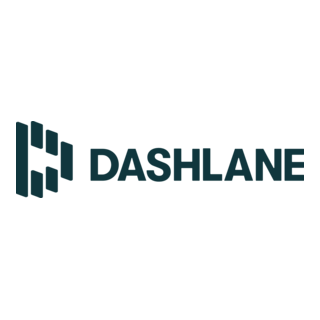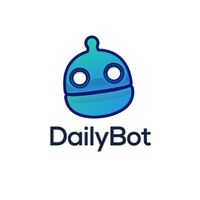There is no item in your cart

Build It and They Will Come: A Developer’s Guide to Product-Led Growth (PLG)
Why did tools like Slack, Figma, and Notion conquer the business world without massive, traditional sales teams knocking on C-suite doors? The answer is a powerful strategy that puts the product at the absolute center of the customer journey: Product-Led Growth (PLG).
The old model of “sales-led growth” involved demos, long sales cycles, and top-down decision making. The new model is bottom-up. It empowers the end-user—often a developer or a professional—to try, adopt, and champion the product within their organization. PLG isn’t just a marketing buzzword; it’s a product development philosophy. This guide will break down its core principles for developers who want to build products that sell themselves.
The Core Principles of a PLG Product
A product built for PLG must be designed differently. It lives or dies on its user experience.
- Fast Time-to-Value: A user must experience the product’s “aha!” moment within minutes of signing up, without needing a demo from a salesperson. The product must deliver value immediately.
- A Dominant Freemium or Free Trial: The free tier can’t be a crippled version of the product. It needs to be generous and powerful enough for users to build real things and become dependent on it, creating a natural path to upgrading.
- Self-Serve Onboarding: The product must be so intuitive that users can learn and adopt it on their own, with excellent documentation and in-app guidance.
- Built-in Virality: The product should naturally encourage users to invite their teammates. Collaboration is a key viral loop. Sharing a [Notion] document or a [PopSQL] query with a colleague is a classic example.
How to Build for Product-Led Growth: A Developer’s Checklist
As a developer, your code directly impacts these principles.
- Obsess Over the Onboarding Experience: Your first 5 minutes of user experience is the most important part of your sales funnel. Is the setup frictionless? Does it integrate with tools the user already has, like the [PomoDone] App does with Trello and Asana?
- Instrument Everything for Analytics: You can’t improve what you don’t measure. Integrate analytics from day one. Use a simple, privacy-focused tool like [Simple Analytics] to understand user behavior, identify where they get stuck, and find opportunities for improvement.
- Make Sharing Effortless: Design your product so that sharing is a core feature, not an afterthought. The value of the product should increase for a user when they invite others.
- Design for Teams, Even if You Start with Individuals: Build features that light up when a user invites their coworkers. The free plans from tools like [DailyBot] and [ConfigCat] often include generous team features for this exact reason, creating a smooth upgrade path from single-user to a full team subscription.
Conclusion
In the modern SaaS world, the best product wins, and increasingly, the product itself is the most effective sales and marketing channel. For developers, this is an empowering shift. It means that the quality of your engineering, your focus on user experience, and your ability to build a frictionless product are no longer just technical details—they are the primary drivers of business growth.
Building a successful Product-Led Growth company requires a toolkit that prioritizes user experience, data, and collaboration. From understanding your users with [Simple Analytics], to managing your team’s work in [Notion], to building the actual product with professional tools from [JetBrains], SMONE provides the essential software for today’s product-led founders and bui
